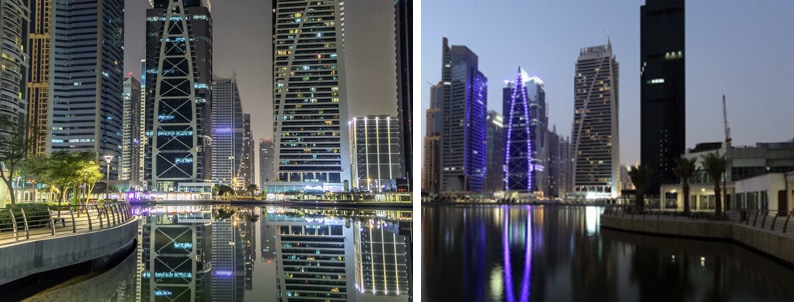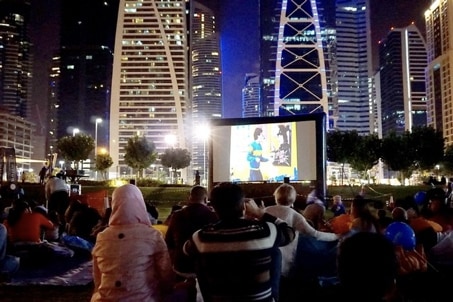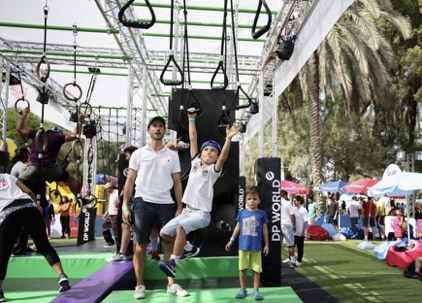Cities are made up of more than just buildings and people. Some of the world’s most famous and livable cities are also known for their open welcoming spaces. Hyde Park in London, Central Park in New York, Sentosa Island in Singapore, Kirstenbosch Gardens in Cape Town, to name a few, are all attractions in their own right.

Jumeirah Lake Towers (JLT) in Dubai, a major city district with more than 85,000 residents, is built around four lake neighbourhoods. It was built in 2006 and is a mixed-use development encompassing high rise residential units, commercial and retail outlets, business offices and hotels. In 2014 DMCC (Dubai Multi Commodities Centre), the developers and owners of JLT, decided to drain one of the lakes and transform the area into a lush green park. Cracknell was appointed to design the park with expansive lawn areas, playgrounds, a jogging track, fitness stations, and basketball courts.
The absence of the lake has made space for 55,000 square meters of greenery much to the appreciation of the community. But residents aren’t the only ones enjoying the new burst of life, as businesses surrounding the area are flourishing and nearby properties are in high demand. The park has also become a popular venue for events such as the month-long Dubai Fitness Challenge under the patronage of HRH Sheikh Hamdan Bin Mohammed Al Maktoum. Several more casual community events also take place at the park like monthly pop up markets and open-air movie nights. Local residents can engage with the park and the surrounding community in any number ways whether neighbourly gatherings, family birthday parties, children’s activities, or more physical ways like sports games, outdoor yoga classes and fitness workouts.

On the other hand, the areas which have retained their lakes experience far less activity and are deemed less attractive to retailers. The promenades lack foot traffic and are mainly utilized by employees walking to their offices, occasional joggers, dog walkers or residents strolling around the lake. Many businesses in these areas have opened only to be closed shortly after and many designated retail areas stand empty. The lakes do provide some visual and aesthetic value however as they are stagnant and fenced off, there is no real connection between people and the water therefore losing the engaging attraction one might generally associate with a body of water.

We’re proud of what we do at Cracknell, because by creating and managing well-maintained green open spaces, we are providing opportunities for:
- People to be active and lead healthier lifestyles.
- Bringing people and communities together and encouraging the formation of healthy social bonds that add to our quality of life.
- Making people feel safe outdoors.
- Making local areas more desirable places to live and play.
- Giving small businesses a chance to thrive.
- Uplifting the economic value of communities.
There is no doubt that a well-maintained urban parkland has a positive economic effect on surrounding areas, and the development of Lake C is a perfect example of that. It has helped regenerate the neighbourhood, and now even attracts visitors from nearby districts.
